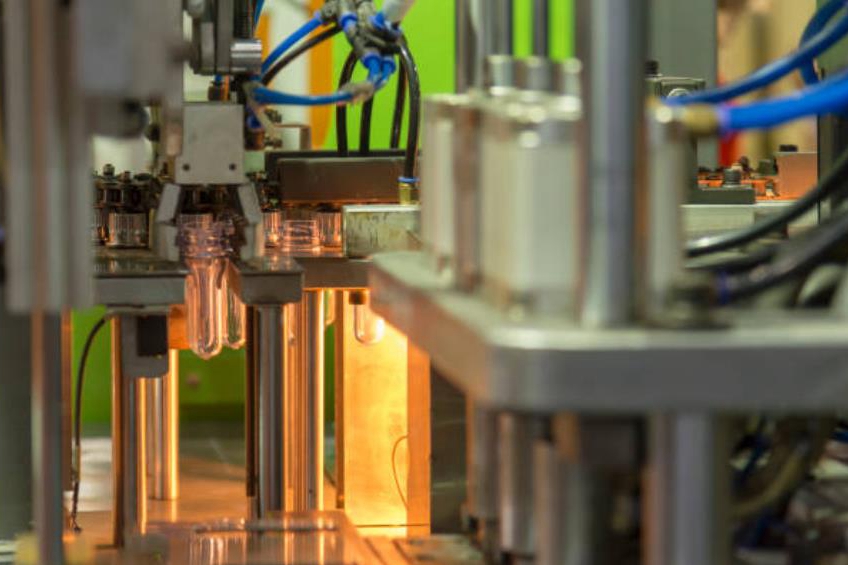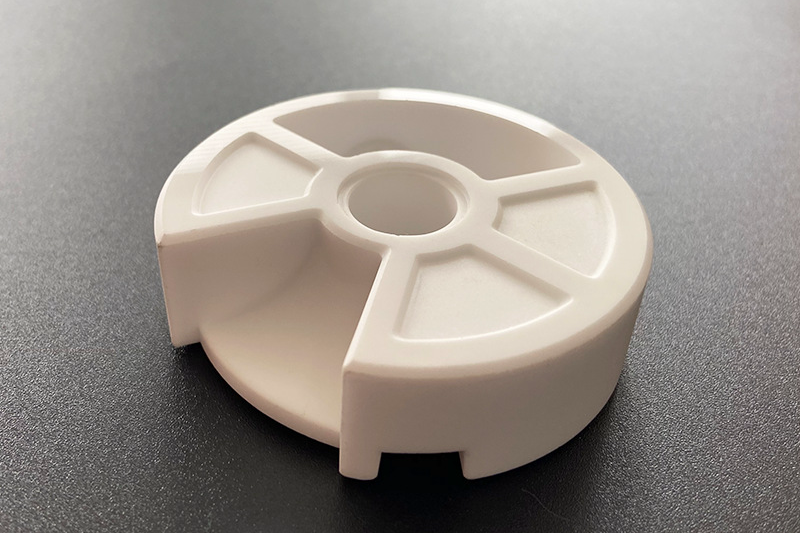What are the pros and cons of plastic vs metal thermal management parts?
Choosing between plastic and metal thermal management components requires understanding the thermal behavior, structural performance, cost profile, and manufacturing compatibility of each material. At Neway, both polymer-based and metal-based heat-dissipation solutions are engineered for industries such as telecommunication, consumer electronics, lighting systems, and energy equipment. The optimal choice depends on heat load, design constraints, environmental exposure, and manufacturing volumes.
Advantages of metal thermal management parts
Metals such as aluminum and copper are preferred for high-power or high-temperature applications because of their superior thermal conductivity. Aluminum components produced through aluminum die casting, sheet metal fabrication, or CNC machining offer excellent heat-spreading capabilities, making them ideal for use in heat sinks, power converters, and LED modules.
High thermal conductivity enables rapid heat transfer for stable electronic performance.
Excellent strength and rigidity support heavy modules or mechanical interfaces.
Metals withstand high temperatures without deformation, essential for power electronics and automotive systems.
Compatible with surface treatments such as anodizing, PVD, or black oxide coating to improve corrosion resistance and appearance.
Limitations of metal thermal management parts
More expensive due to material cost and machining/processing time.
Heavier, which increases weight in portable devices or EV components.
Complex structures require multi-step manufacturing such as precision casting or bonding of multiple pieces.
Electrical conductivity may require insulation or protective coatings.
Advantages of plastic thermal management parts
Engineering plastics, especially thermally conductive grades such as PC-PBT, nylon (PA), PPS, or high-performance polymers like PEEK, offer lightweight and corrosion-resistant alternatives for moderate heat-dissipation applications. These are manufactured using injection molding, which enables efficient high-volume production.
Lightweight, ideal for portable devices or structural covers around heat sources.
Corrosion-resistant without coating, suitable for humid or chemical environments.
Capable of complex geometries: thin walls, integrated clips, snap fits, or multi-material overmolding.
Lower tooling cost per part for large production runs.
Electrical insulation eliminates the need for secondary insulating layers.
Limitations of plastic thermal management parts
Thermal conductivity is significantly lower than aluminum or copper.
Heat load capacity is limited—plastic softens or deforms under sustained high temperature.
Requires fillers to improve thermal behavior, which increases cost.
Dimensional stability may vary with humidity or thermal cycling.
Hybrid solutions combine the best of both
Many modern systems integrate metal and plastic to maximize performance. For example, aluminum heat spreaders may be combined with plastic housings produced by insert molding, allowing excellent thermal dissipation while maintaining low weight and design flexibility.
Surface coatings, such as painting or Teflon coating, may also be applied to enhance environmental durability.



